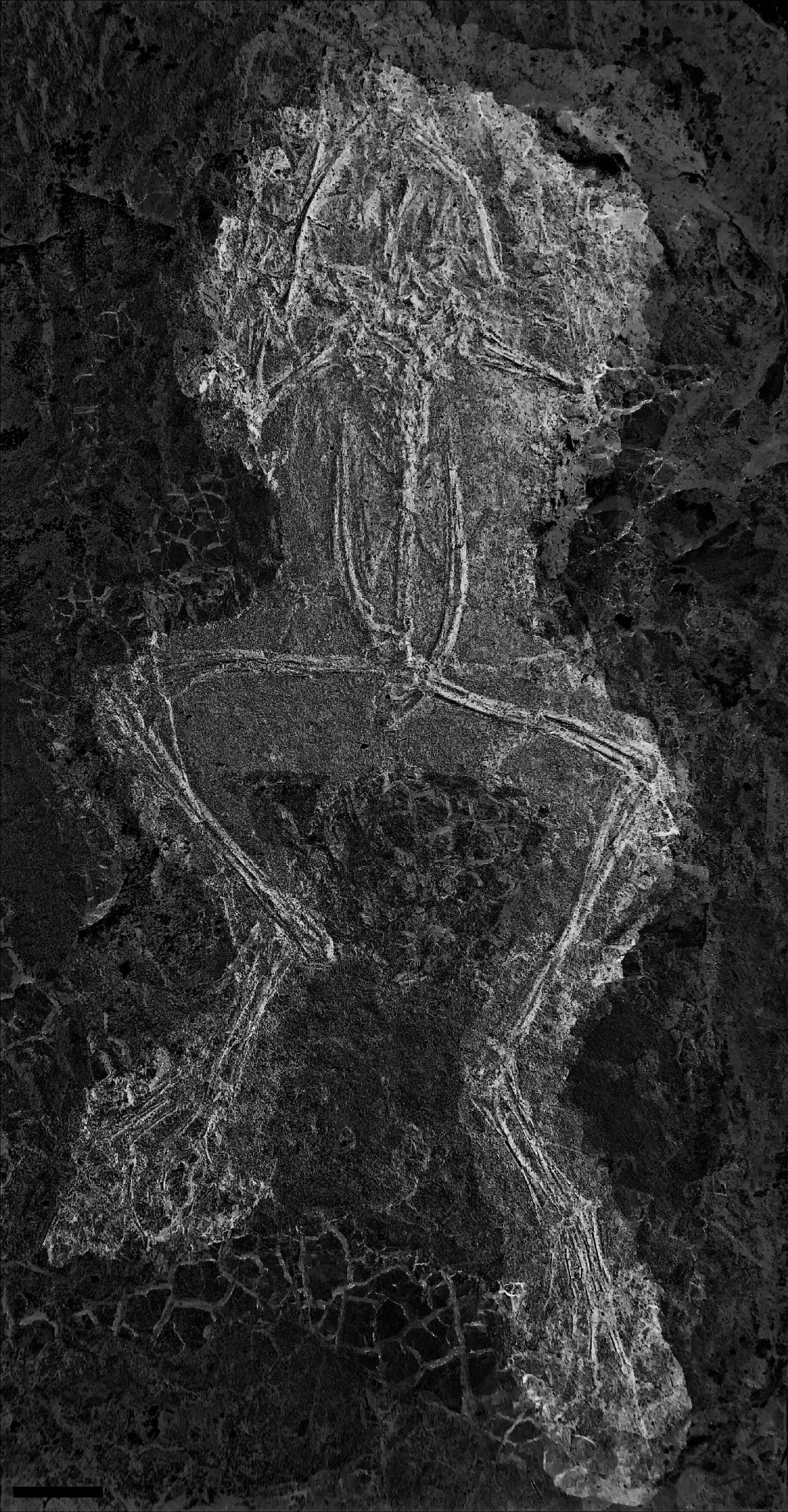- Scientists analyzed hundreds of frog fossils in Germany, at one of the world's richest fossil beds.
- Researchers concluded the frogs were likely killed while mating, solving a decades-long mystery.
- The watery death trap contains remains of 50,000 birds, horses, bats, fish, and frogs.
The fate of hundreds of frogs that died 45 million years ago in an ancient swamp has long baffled scientists studying how they met their demise. Now, researchers say the swamp likely acted as a sex death trap for the ill-fated prehistoric amphibians.
In a study published Wednesday in Papers in Paleontology, a team of Irish researchers analyzed the 45-million-year-old fossilized remains of hundreds of ancient frogs that died in what is now the Geiseltal region in central Germany. The area was once a swampy subtropical forest and is among the world's richest fossil depositories, containing the remains of more than 50,000 birds, horses, bats, fish, and frogs.
"As far as we can tell, the fossil frogs were healthy when they died, and the bones don't show any signs of predators or scavengers," Daniel Falk, a paleontologist at the University College Cork and study co-author, said in a press release. "There's also no evidence that they were washed in during floods, or died because the swamp dried up."
"By process of elimination, the only explanation that makes sense is that they died during mating," Falk added. According to researchers, the fossilized frogs belonged to the Pelobatidae family — these types of amphibians spend their lives on land, only returning to water to breed and lay eggs during mating season.

When modern-day frogs mate, it's common for one or more male frogs to push female frogs under the water, drowning them.
"This often happens in species that engage in mating congregations during the short explosive breeding season," Maria McNamara, a paleontologist at University College Cork and co-author of the study, said in a press release.
The ancient frogs researchers analyzed had similar mating habits, which likely led frog bodies to sink to the bottom of the swamp, where currents transported them deeper into the lake. After some time, the remains were naturally buried with clay and sand, eventually becoming fossils.
The study authors hope their findings build on what we know about how frogs have evolved over millions of years. "What's really interesting is that fossil frogs from other sites also show these features, suggesting that the mating behaviors of modern frogs are really quite ancient and have been in place for at least 45 million years," McNamara added.
Dit artikel is oorspronkelijk verschenen op z24.nl










